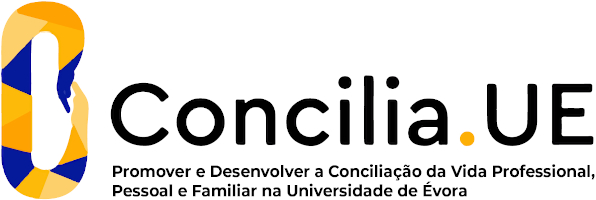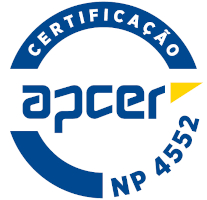2024
Mathematics and Statistics Laboratory
Name: Mathematics and Statistics Laboratory
Code: MAT10689L
6 ECTS
Duration: 15 weeks/156 hours
Scientific Area:
Mathematics
Teaching languages: Portuguese
Languages of tutoring support: Portuguese, English
Regime de Frequência: Presencial
Sustainable Development Goals
Learning Goals
To present some mathematical and statistical methods necessary for the study of natural, economic and financial phenomena, developing in students the ability to critically analyze and interpret the results. To introduce students to modern systems of symbolic and numerical calculations, such as mathematical packages in Phyton, R and Excel.
At the end of the course, students are expected to be able to:
- apply symbolic and numerical computational tools in the resolution of mathematical models in the area of economics, management and engineering;
- identify the methods to organize the information, describe a data set through measures, tables and graphs, and explain the results obtained. They are also intended to be able to use suitable computational tools for descriptive data analysis.
At the end of the course, students are expected to be able to:
- apply symbolic and numerical computational tools in the resolution of mathematical models in the area of economics, management and engineering;
- identify the methods to organize the information, describe a data set through measures, tables and graphs, and explain the results obtained. They are also intended to be able to use suitable computational tools for descriptive data analysis.
Contents
The programming in interactive system of symbolic and numerical calculation, and manipulation and visualization of data (mathematical packages SymPy, NumPy, Matplotlib and SciPy in Python, among others).
Introduction to the numerical methods of solving the nonlinear equations, data interpolation, numerical integration and differentiation, graphical visualization of the functions of one and two variables and optimization.
Introduction to Excel and R software. Elaboration of small functions in R.
Review of the basic concepts of statistics: population, sample and type of variables.
Univariate descriptive statistics: grouping of data, frequency table, graphical representation and summary statistics (location, dispersion, asymmetry, kurtosis and concentration). Empirical distribution function.
Bivariate descriptive statistics: graphical representation and contingency table.
Introduction to the numerical methods of solving the nonlinear equations, data interpolation, numerical integration and differentiation, graphical visualization of the functions of one and two variables and optimization.
Introduction to Excel and R software. Elaboration of small functions in R.
Review of the basic concepts of statistics: population, sample and type of variables.
Univariate descriptive statistics: grouping of data, frequency table, graphical representation and summary statistics (location, dispersion, asymmetry, kurtosis and concentration). Empirical distribution function.
Bivariate descriptive statistics: graphical representation and contingency table.
Teaching Methods
The teaching sessions are composed of two types of classes:
• Theoretical-practical classes, predominantly taught on the board and with the projection of slides. The theoretical presentation of the concepts is made using examples to show the relevance of the programmatic contents.
• Laboratory classes, in which exercises inspired by current and real problems are solved, with the aim of developing the interest in the discipline and showing its usefulness. The exercises are solved using computational tools and require the active participation of the students, motivating the students to go to classes and to work continuously.
• Theoretical-practical classes, predominantly taught on the board and with the projection of slides. The theoretical presentation of the concepts is made using examples to show the relevance of the programmatic contents.
• Laboratory classes, in which exercises inspired by current and real problems are solved, with the aim of developing the interest in the discipline and showing its usefulness. The exercises are solved using computational tools and require the active participation of the students, motivating the students to go to classes and to work continuously.
Assessment
Students can opt for continuous evaluation or the final exam.
Continuous evaluation is privileged. The final grade results from the average grade of the Mathematics (50%) and Statistics (50%) modules, the module grades cannot be less than 7.5 values.
In the evaluation by final exam, it is necessary to use the computer to solve questions.
To obtain approval for the CU, the student must have at least 10 values in the final grade.
Continuous evaluation is privileged. The final grade results from the average grade of the Mathematics (50%) and Statistics (50%) modules, the module grades cannot be less than 7.5 values.
In the evaluation by final exam, it is necessary to use the computer to solve questions.
To obtain approval for the CU, the student must have at least 10 values in the final grade.





















